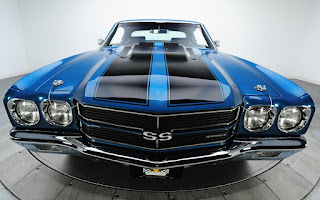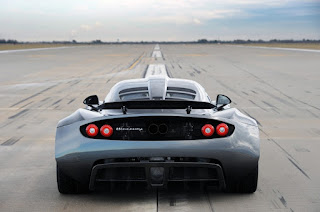Adaptive Cruise Control System
Adaptive Cruise Control (ACC) is an automotive feature that allows a vehicle's cruise control system to adapt the vehicle's speed to the traffic environment. A radar system attached to the front of the vehicle is used to detect whether slower moving vehicles are in the ACC vehicle's path. If a slower moving vehicle is detected, the ACC system will slow the vehicle down and control the clearance, or time gap, between the ACC vehicle and the forward vehicle. If the system detects that the forward vehicle is no longer in the ACC vehicle's path, the ACC system will accelerate the vehicle back to its set cruise control speed. This operation allows the ACC vehicle to autonomously slow down and speed up with traffic without intervention from the driver. The method by which the ACC vehicle's speed is controlled is via engine throttle control and limited brake operation.
TYPES
LASER-BASED SYSTEM do not detect and track vehicles in adverse weather conditions nor do they reliably track dirty (and therefore non-reflective) vehicles. Laser-based sensors must be exposed.The sensor (a fairly large black box) is typically found in the lower grille, offset to one side.RADAR-BASED SENSOR can be hidden behind plastic fascias; however, the fascias may look different from a vehicle without the feature. For example, Mercedes-Benz packages the radar behind the upper grille in the center and behind a solid plastic panel that has painted slats to simulate the look of the rest of the grille.
SINGLE RADAR SYSTEM are the most common. Systems involving multiple sensors use either two similar hardware sensors like the 2010 Audi A8 or the 2010 Volkswagen Touareg, or one central long range radar coupled with two short radar sensors placed on the corners of the vehicle like the BMW 5 and 6 series.
A more recent development is the BINOCULAR COMPUTER VISION SYSTEM, such as that introduced to the US market in model year 2013 by Subaru. These systems have front-facing video cameras mounted on either side of the rear view mirror and use digital processing to extract depth information from the parallax between the two cameras' views.
Assisting systems
Radar-based ACC often feature a precrash system, which warns the driver and/or provides brake support if there is a high risk of a collision. Also in certain cars it is incorporated with a lane maintaining system which provides a power steering assist to reduce steering input burden on corners when the cruise control system is activated.
Multi-sensor systems
Systems with multiple sensors can practice sensor fusion to integrate the data from to improve safety and/or driving experience. GPS data can inform the system of geographic features such as a freeway offramp. A camera system could notice driver behavior such as brake lights and/or a turn signal. This could allow a following car to interpret a turn signal by an exit as not requiring the following car to slow down, as the leading car will exit. Multi-sensor systems could also take note of traffic signs/signals and not, e.g., violate a red light while following a vehicle that crossed before the signal changed.
Predictive systems
Predict systems modify speed based on predictions of other vehicles' behavior. Such systems can make earlier, more moderate adjustments to the predicted behavior, improving safety and passenger comfort. One example is to predict the likelihood of a vehicle in a neighboring lane moving in front of the controlled vehicle. One system predicts a lane change up to five seconds before it occurs.
ACC RADAR ANTENNA
For more information, check out the following links:-







Comments
Post a Comment